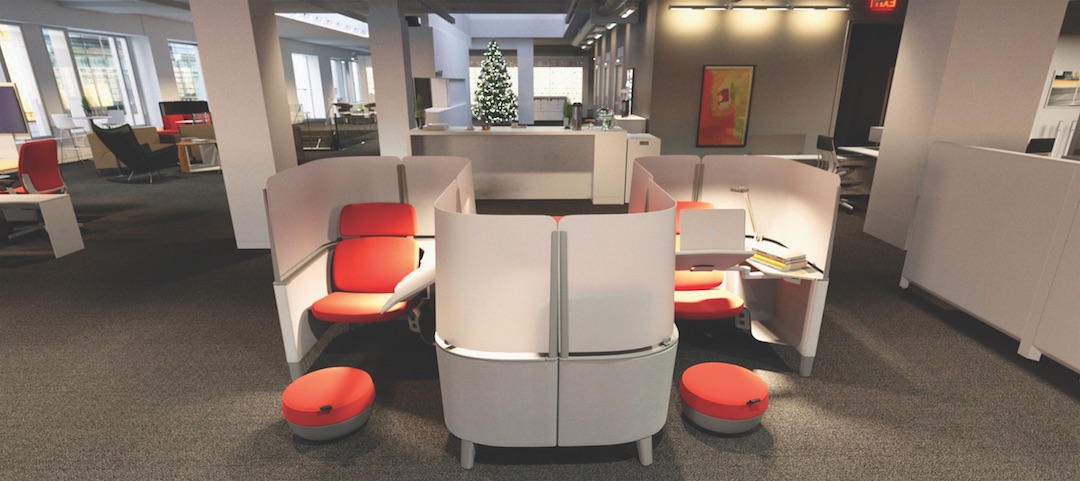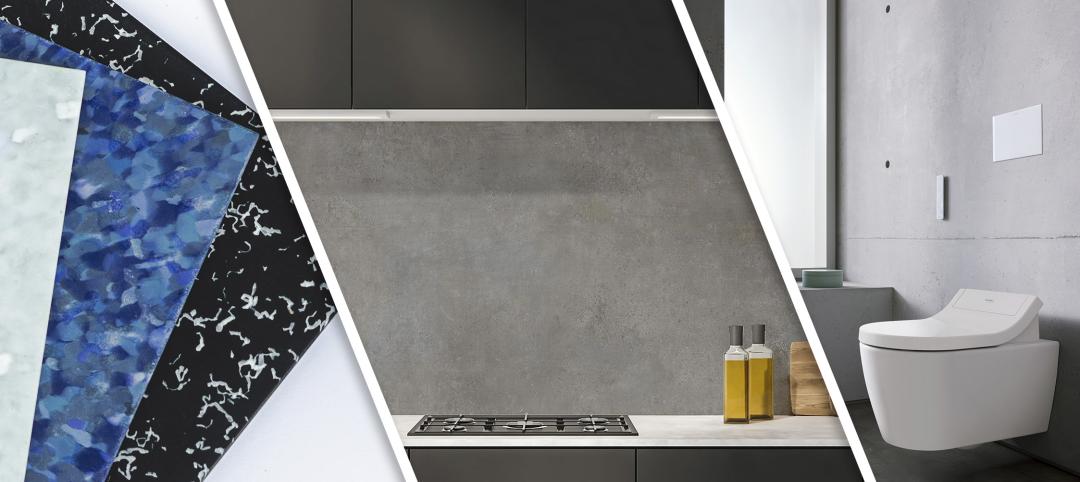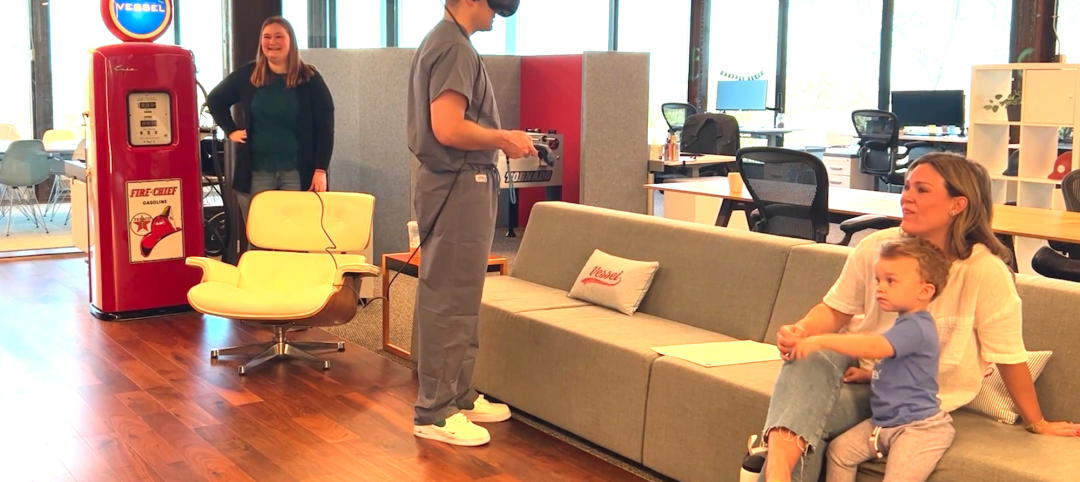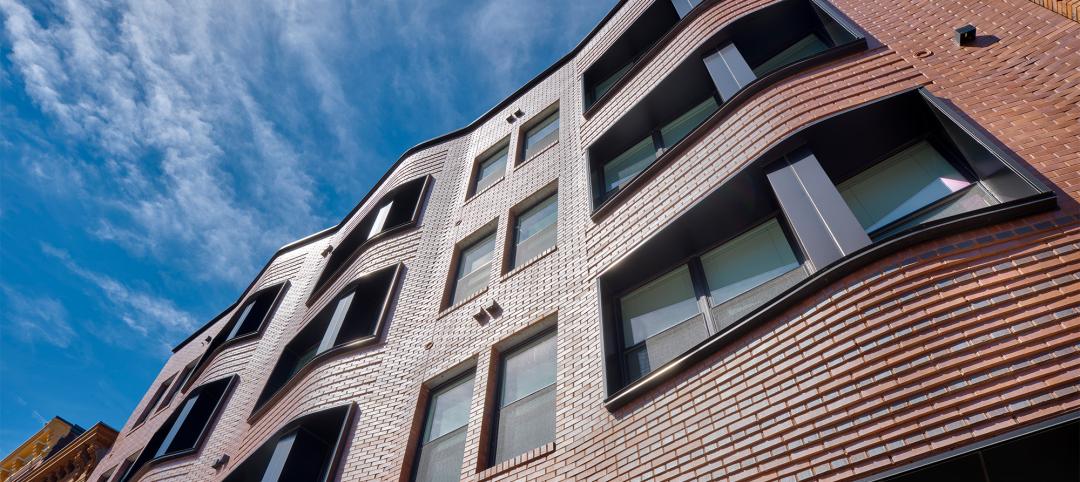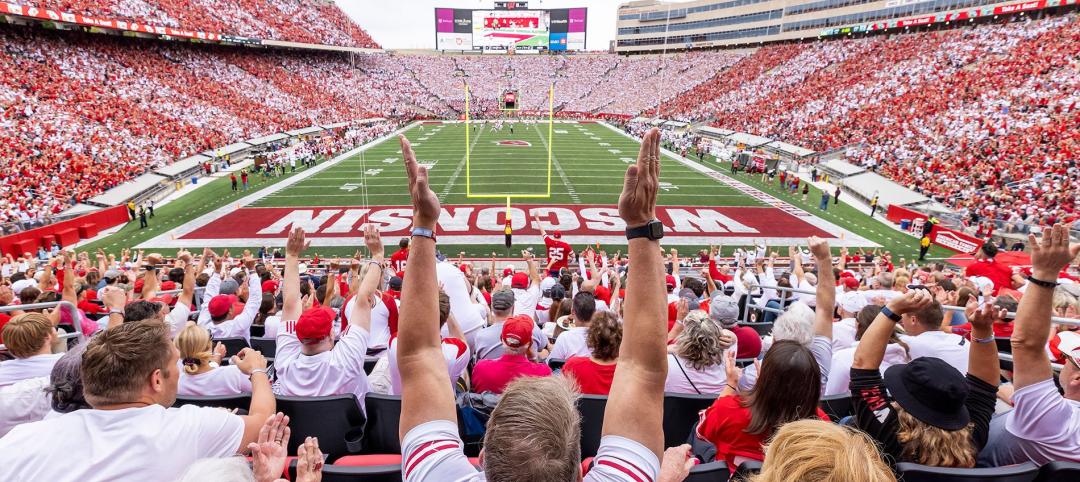Is your design catching eyes in the right places?
New VR heat map technology delivers a detailed map of where viewers are paying attention in created VR experiences.
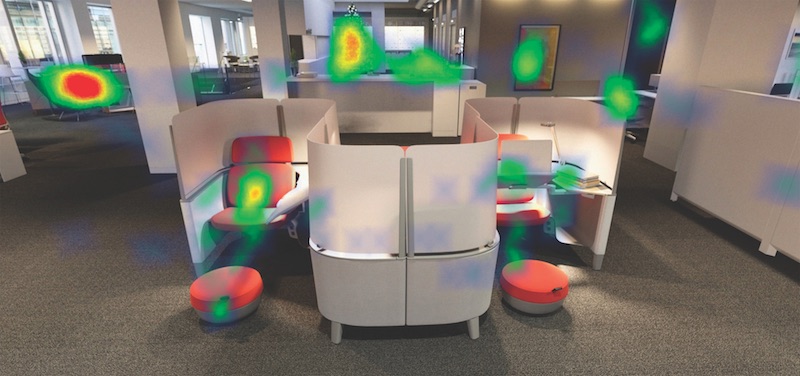 Photo: Yulio Technologies.
Photo: Yulio Technologies.
A huge variable when it comes to designing interior spaces is trying to determine where people will actually look when they enter or spend time in a space. In an effort to avoid unintended focal points, some architects and designers use heat mapping as part of their design process to determine what draws a user’s gaze.
Traditional heat mapping techniques rely on a computer screen and a mouse, and assume users will track where they are looking with the mouse. User error—such as when participants look one place but have the mouse cursor placed somewhere else—essentially renders the entire process inaccurate.
A new VR tool from Yulio Technologies is looking to improve heat mapping not by tracking via a mouse, but by analyzing the viewer’s gaze directly. Users are placed in a VR environment, where heat map analytics will track their gaze and map what they are looking at throughout the entire VR session.
With the heat map tool, designers will be able to better understand what catches a viewer’s eye and whether it is intended or not. Architects can test site lines before construction begins. Retailers can test traffic-flow patterns and the effectiveness of displays.
The tool can gather data from both VR headset views and fishtank displays (browser-based mode).
‘Let’s meet in the model’
Vizible, a new VR solution, allows users from around the world to meet in virtual reality—in real time.
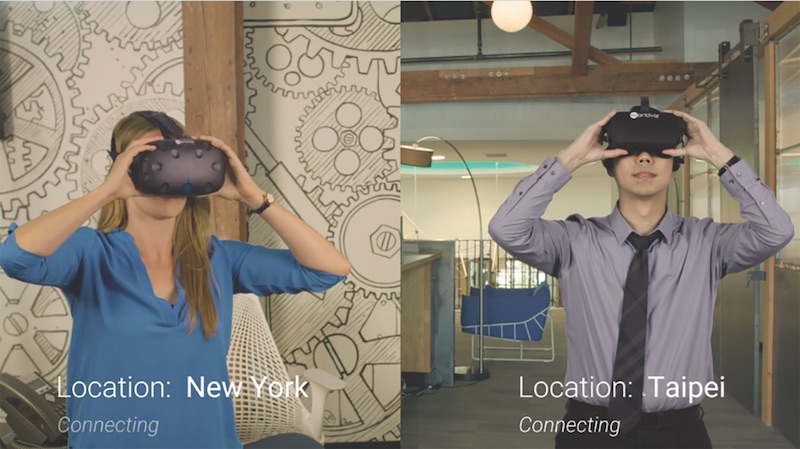 Image courtesy of WorldViz.
Image courtesy of WorldViz.
Designing and building complex structures is a complicated process that requires the collaboration of many different firms and businesses, oftentimes spread throughout the country or the world. Relaying plans or ideas can be difficult via email, phone, or video calls, and can lead to more confusion than understanding.
Virtual reality, however, may provide a solution to this communication problem. Since VR first started to become a usable tool in the AEC industry, professionals have been dreaming of the day when they could pop on a VR headset and jump into a model for a coordination meeting with other members of the project team or their clients. A new VR solution from WorldViz, called Vizible, is bringing that dream one step closer to reality.
Vizible operates like GoToMeeting for VR and allows designers to create presentations, demos, and mockups via its drag-and-drop interface. Then, the presentation can be uploaded to the secure Vizible cloud and clients can be invited to the meeting via an email.
Once in the meeting, built-in avatars and tools like laser pointers and measuring tapes pinpoint what is being discussed and accurately conveys it to other members of the project team or clients. Multi-region server centers provide a low-latency experience, regardless of where the meeting members are located. Currently, no actual design work can be done while in the meeting, but this is certainly a step in that direction.
Vizible is compatible with the Oculus Rift and HTC Vive headsets.
Mortenson develops AR app for community engagement during construction
A $105 million project for the University of Washington is the latest example of the firm’s commitment to virtual and augmented reality tools.
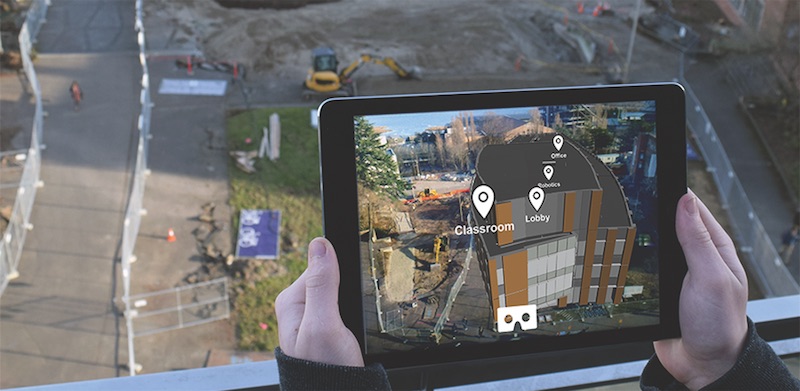 Image courtesy of Mortenson Construction.
Image courtesy of Mortenson Construction.
Mortenson Construction has been in the vanguard of firms using virtual reality as a tool for construction coordination. As far back as 2000, Mortenson’s Seattle office leaned on VDC modeling for the Walt Disney Concert Hall in Los Angeles.
More recently, the firm applied a computerized automatic virtual environment (CAVE) that helped the project team on the Pegula Ice Arena at Penn State University identify changes during the design stage, thereby averting $475,000 in costs.
For the past 18 months, the firm’s Immersive Technology group has been exploring construction-related opportunities for augmented reality. Last year, Mortenson was among the first companies to partner with Daqri to test the application of its “smart” hardhat. And in March, Mortenson went live with what it claims is a first-of-its-kind AR mobile app that allows users to “see” what the new Paul G. Allen Center for Computer Sciences and Engineering building at the University of Washington in Seattle will look like—nearly two years ahead of its scheduled completion.
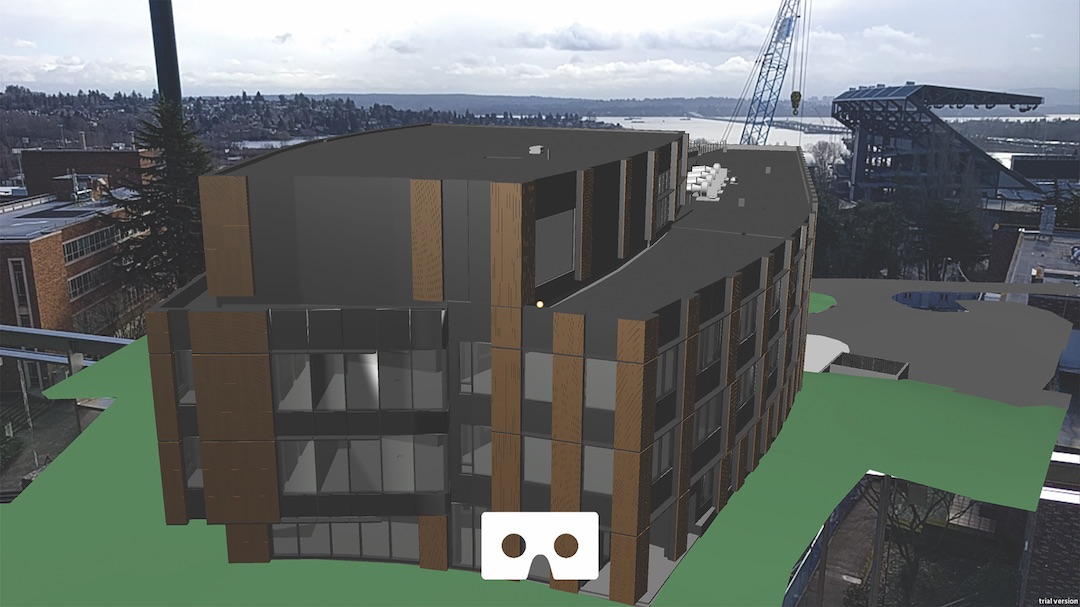 Image courtesy of Mortenson Construction.
Image courtesy of Mortenson Construction.
Marc Kinsman, Mortenson’s Immersive Technology Developer, led the in-house team that created the app. He says its purpose is to generate excitement around the 135,000-sf project among the UW community during construction. The AR mobile app lets users point their smartphones at the construction site, or at a printed handout, to see a digital representation of the future building. Users can experience the exterior via AR, and then use VR to delve deeper into the building’s lobby, workroom, robotics lab, and offices.
“This window presents a tremendous opportunity to engage the public,” says Kinsman, who adds that VR and AR are “vast improvements” over traditional public engagement methods, such as flyers, signage, and websites.
Related Stories
Products and Materials | Mar 31, 2024
Top building products for March 2024
BD+C Editors break down March's top 15 building products, from multifamily-focused electronic locks to recyclable plastic panels.
AEC Tech | Jan 8, 2024
What's driving the surge of digital transformation in AEC today?
For centuries, the AEC industry has clung to traditional methods and legacy processes—seated patterns that have bred resistance to change. This has made the adoption of new technologies a slow and hesitant process.
Digital Twin | Jul 17, 2023
Unlocking the power of digital twins: Maximizing success with OKRs
To effectively capitalize on digital twin technology, owners can align their efforts using objectives and key results (OKRs).
Virtual Reality | Jun 16, 2023
Can a VR-enabled AEC Firm transform building projects?
With the aid of virtual reality and 3D visualization technologies, designers, consultants, and their clients can envision a place as though the project were in a later stage.
AEC Tech | May 9, 2023
4 insights on building product manufacturers getting ‘smart’
Overall, half of building product manufacturers plan to invest in one or more areas of technology in the next three years.
Sustainability | May 1, 2023
Increased focus on sustainability is good for business and attracting employees
A recent study, 2023 State of Design & Make by software developer Autodesk, contains some interesting takeaways for the design and construction industry. Respondents to a survey of industry leaders from the architecture, engineering, construction, product design, manufacturing, and entertainment spheres strongly support the idea that improving their organization’s sustainability practices is good for business.
Affordable Housing | Mar 8, 2023
7 affordable housing developments built near historic districts, community ties
While some new multifamily developments strive for modernity, others choose to retain historic aesthetics.
Virtual Reality | Feb 27, 2023
Surfing the Metaversity: The future of online learning?
SmithGroup's tour of the Metaversity gives us insight on bringing together physical and virtual campuses to create a cohesive institution.
Arenas | Feb 23, 2023
Using data to design the sports venue of the future
Former video game developer Abe Stein and HOK's Bill Johnson discuss how to use data to design stadiums and arenas that keep fans engaged and eager to return.
Augmented Reality | Jan 27, 2023
Enhancing our M.O.O.D. through augmented reality therapy rooms
Perkins Eastman’s M.O.O.D. Space aims to make mental healthcare more accessible—and mental health more achievable.


